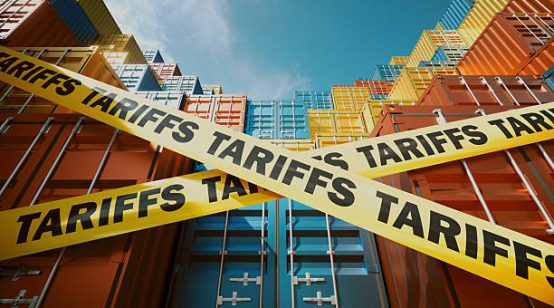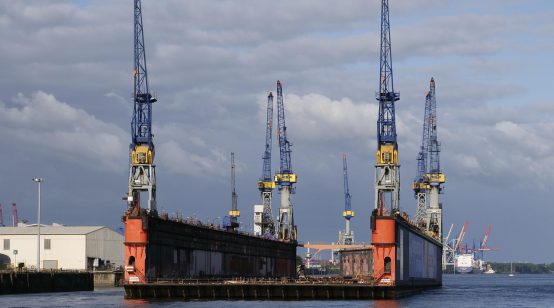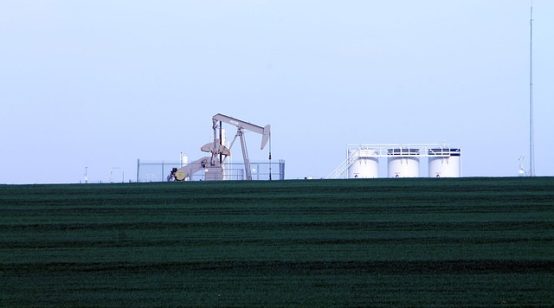
The idea of building iPhones entirely in the United States has resurfaced, backed by strong political pressure. However, financial and logistical realities may make such a move extremely costly for both Apple and consumers.
Former U.S. President Donald Trump recently reiterated his call for Apple to manufacture iPhones domestically, suggesting that any iPhones produced outside the United States should face a 25% import tariff. Trump’s push is part of a broader strategy to bring manufacturing jobs back to American soil, but experts say the consequences could be significant.
Skyrocketing Costs and Supply Chain Realities
According to Dan Ives, a tech analyst at Wedbush Securities, relocating Apple’s iPhone manufacturing to the U.S. is highly unrealistic and would have severe financial implications. He estimates that if Apple were to fully manufacture iPhones in the United States, each device could cost around $3,500—more than triple its current average retail price.
The reason? Apple’s current supply chain is heavily dependent on a complex ecosystem that has evolved over decades, primarily based in Asia. Building a comparable infrastructure in the U.S. would require massive investments in new fabrication plants, sourcing materials, training labor, and establishing partnerships with suppliers. Ives suggests it would take around $30 billion and three years just to shift 10% of Apple’s supply chain to the U.S.
Apple’s Current Global Manufacturing Footprint
Apple has long relied on global production networks to maintain efficiency and profit margins. Around 90% of iPhones are currently assembled in China, while key components such as chips and display panels come from Taiwan and South Korea. Final assembly is also centered in Chinese facilities, which benefit from well-developed supply chains and relatively lower labor costs.
The movement of manufacturing overseas allowed Apple to focus on high-margin areas like software development and design, propelling the company to become one of the most valuable in the world.
Impact of Tariffs and Political Pressure
While iPhones have so far avoided the most severe tariffs imposed during recent trade tensions, Apple still faces a 20% tariff on certain Chinese goods. This tariff has been linked to diplomatic disputes, including China’s role in the fentanyl trade. Apple CEO Tim Cook recently acknowledged that this could add nearly $900 million to Apple’s operating costs for the current quarter.
In response, Apple has been gradually diversifying its manufacturing operations. The company is increasing production in India and Brazil in an attempt to reduce dependence on China and to protect itself from geopolitical risks and tariffs.
Will Consumers Bear the Cost?
If tariffs increase further—especially above 30%—Apple might have no choice but to pass some of the additional costs onto consumers. Gene Munster of Deepwater Asset Management noted that while Apple could absorb some tariff-related expenses initially, the company would eventually need to raise prices if levies become too steep.
Apple has also announced plans to invest $500 billion in the U.S. over four years, indicating its intention to expand domestic operations. However, this expansion is unlikely to replace its existing global supply chain anytime soon.
While the call to produce iPhones in the U.S. may align with political goals, the economic and logistical challenges make such a transition incredibly costly. Unless significant innovations or policy changes emerge, the idea of fully American-made iPhones remains far from practical reality.





